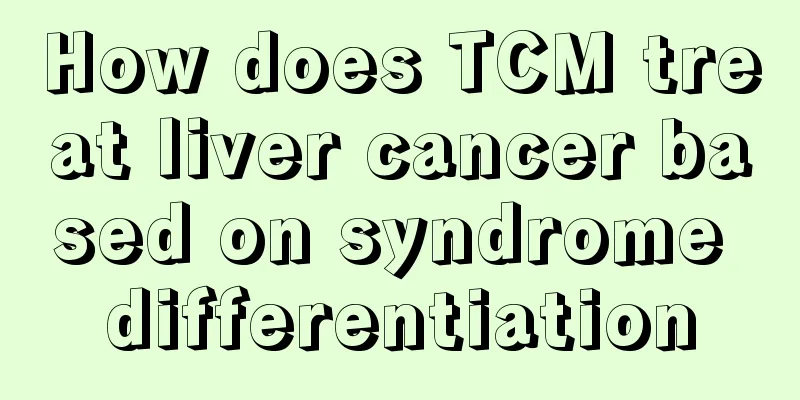What are the side effects of Dafilin

|
Diphylline is a common drug that can treat prostate cancer in men. It can also treat endometriosis in women. When using Diphylline, you need to be aware of some side effects. For men, it can cause hot flashes, decreased libido, impotence and other symptoms. For women, it can easily cause dysmenorrhea, allergies, and symptoms such as hives. 1. Male: In the early stages of treatment, as blood testosterone levels transiently increase, some patients may experience aggravation of urinary tract symptoms, bone pain caused by bone metastasis, and spinal cord compression caused by vertebral metastasis. These symptoms will disappear after 1-2 weeks. The most commonly reported adverse reactions during treatment (hot flashes, decreased libido, and impotence) were related to decreased plasma testosterone, which is a result of the drug's pharmacological effects and is similar to adverse reactions observed with other GnRH analogs. 2. Female: In the early stage of treatment, due to the transient increase in plasma estradiol levels, endometriosis symptoms (pelvic pain, dysmenorrhea) worsen and disappear after 1-2 weeks. Uterine bleeding may occur within one month after the first injection. When this drug is used to treat female infertility, the combined use of gonadotropins can cause ovarian stimulation, which may lead to ovarian enlargement, pelvic pain and/or abdominal pain. During treatment, the most commonly reported adverse reactions such as hot flashes, vaginal dryness, decreased libido, and dyspareunia are related to pituitary-ovarian blockade. Headache, arthralgia, and muscle pain have been reported rarely. 3. Male and female: Allergic reactions such as urticaria, rash, and itching have been reported. Quincke's edema may rarely occur. Some patients experience nausea, vomiting, weight gain, high blood pressure, mood disturbances, fever, abnormal vision, and pain at the injection site. Long-term use of GnRH analogs can cause bone loss and the risk of osteoporosis. 4. Children: Initial stimulation of the ovaries may cause a small amount of vaginal bleeding in girls. As in adults, children have also been reported to experience allergic reactions such as urticaria, rash, itching, and rarely Quincke's edema. Some children have abdominal pain, nausea, vomiting, headache, hot flashes, weight gain, high blood pressure, mood disturbances, fever, abnormal vision, and pain at the injection site. The above adverse reactions may occur even when the treatment achieves satisfactory results. If the patient experiences the above adverse reactions or adverse reactions not listed in this manual, please notify the doctor immediately. |
<<: What are the effects and indications of blocking injections
>>: What are the effects of silkworm sand pillow
Recommend
What are the folk remedies for treating runny nose
Symptoms of a hot nose and runny nose only appear...
Niacinamide removes acne marks
Many people may not know what niacinamide is or w...
The pregnancy test stick cannot detect the pregnancy in the early stage
In the early stages of pregnancy, you cannot dete...
How to eat Cordyceps sinensis
Cordyceps sinensis can be used to make wine. For ...
What is the best way to prevent liver cancer? Five lines of defense are the most solid to prevent liver cancer
Tumor treatment experts said that the onset of li...
How long after using essential oil on your back can you take a shower?
Essential oil back massage is a common phenomenon...
The main function of glucogenic amino acids
Glycogenous amino acids are also a form of amino ...
What is the reason for looking old
With “baby faces”, there are naturally some peopl...
What to do if you have hemorrhoids when you are eight months pregnant
Pregnancy is a happy thing for many people, espec...
What causes lichen striatus?
Lichen striatus is a typical chronic skin inflamm...
Total protein is high
A lot of things happen in a person's life, an...
What's the matter with high white blood cell count in urine routine
When something is wrong with the body, we need to...
What are the key points of postoperative care for ovarian teratoma
Teratomas originate from potentially multifunctio...
Wrist injury?
If your wrist is injured when you support yoursel...
Itchy and red armpits
In fact, the skin in the armpits is somewhat simi...









